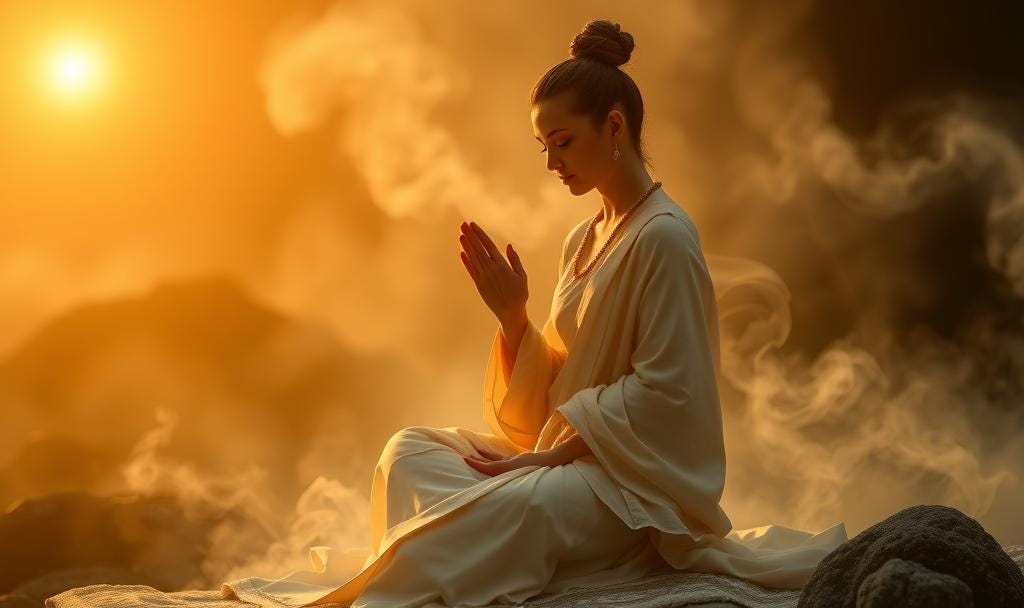The Ancient Path of Mysticism and How I Walk It Today
The Latest Issue of SoulTech Magazine, The Healing Issue
By Shaman Isis
Spiritual Teacher | Consciousness Advocate | Lover of Divine Truth
Beautiful souls,
Mysticism has been part of human culture since our earliest days of looking up at the stars and sensing something greater than ourselves. Something I still do on a near-daily basis. Every tradition, Christianity, Sufism, Buddhism, Judaism, Hinduism, Indigenou…




